Water is an essential substance needed by all living things. Water quality is a measurement of the condition of water and how clean it is for living things, including humans. The distribution of water on earth tells us where we can find water, like in oceans, lakes, rivers, glaciers, and underground. About 97% of Earth’s water is in the oceans!
To better understand Earth’s water supply and distribution….
LET’S BREAK IT DOWN!
Our Water Supply: Most of Earth’s water is in the oceans.
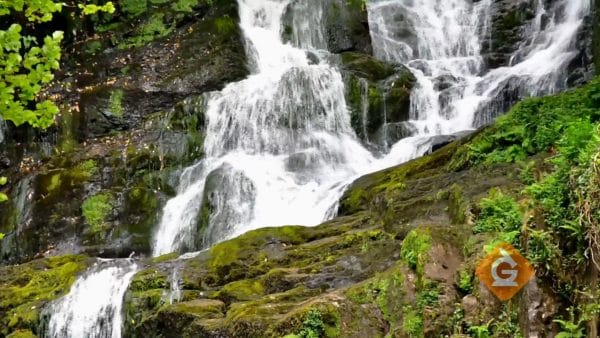
You can divide water into two general categories: freshwater and saltwater. Saltwater is found in the ocean and contains salt. Freshwater is found in glaciers (frozen water), groundwater, and surface water (lakes, streams, ponds, rivers, and swamps).
Water covers 71% of the Earth, but it is not evenly divided between freshwater and saltwater. 97% of the Earth’s water is found in the ocean. That means that only 3% of the Earth’s water is freshwater. Since there is so little freshwater it is very important to know its quality, and how to keep it clean.
Water Supply Cleanliness: Plants and animals depend on clean water to survive.
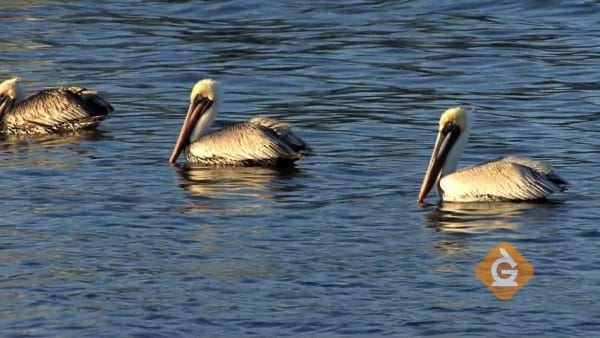
Living things need water to survive. If water contains too many pollutants, plants and animals will not survive and it can become toxic for humans to drink.
Some living things are more sensitive to pollution. If scientists find these sensitive organisms in bodies of water, there is a good chance that the water quality is good. When the sensitive organisms are dying in bodies of water, it is possible that the water has been contaminated by pollutants.
Impacting the Water Supply: Humans can negatively affect water quality even if they live far away from it.
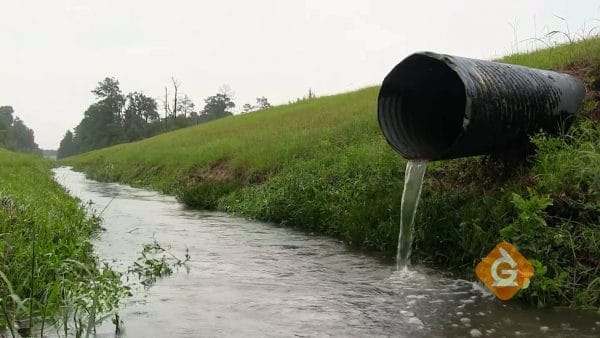
We can have an impact on water quality, even if we don’t live near any major bodies of water. There are many ways in which people affect water quality.
Using too much fertilizer or pesticide, dumping wastes into storm drains, littering, and not cleaning up after dogs can all cause pollution.
These wastes can enter groundwater or move along the surface of land and contaminate larger bodies of water far away. In addition, all the paved surfaces in cities create a lot of surface water after it rains, which carries pollution from the streets into bodies of water.
Agricultural runoff can also contaminate the water. Water that is not absorbed by the plants travels over the soil and picks up fertilizers and other pollutants along the way. That water then flows into groundwater or nearby bodies of water. When polluted runoff reaches the ocean, it can create blooms of algae which take up all the oxygen in the water, leaving dead zones where fish cannot survive.
Water Distribution: What happens to water when it goes down the sink or gets flushed?
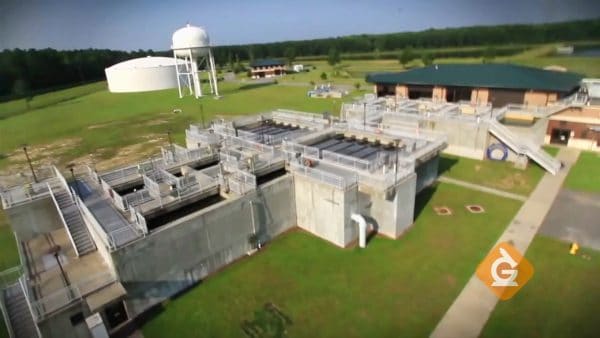
The water we flush down the toilet is sent to a wastewater treatment plant. It goes through three main phases of filtration. First, dirty water is sent to a machine that filters out solids and other debris, like a filter. That material is chopped into smaller pieces and taken to a landfill. Next, the remaining water is sent to an underground tank. Here tiny organisms (bacteria) feed on the left-over waste in the water. Finally, the water is moved to oceans, lakes, and rivers, or to a final cleaning stage, before its used for watering farms or golf courses.
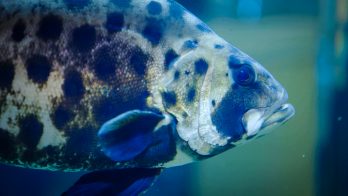
































































































































 Select a Google Form
Select a Google Form












